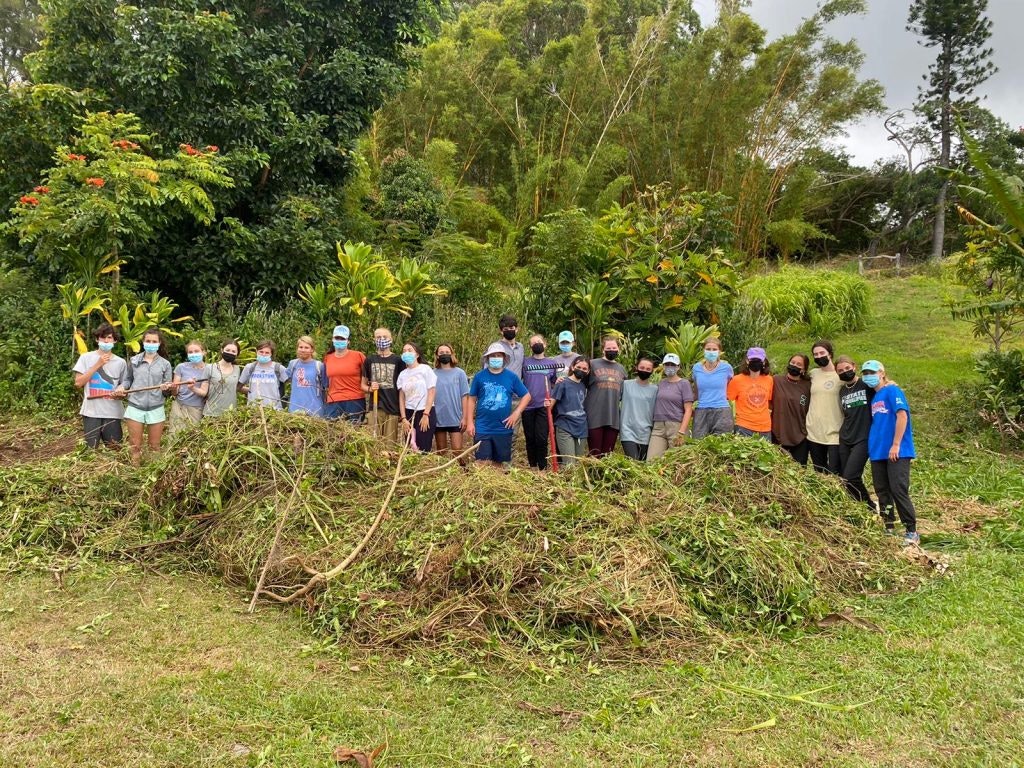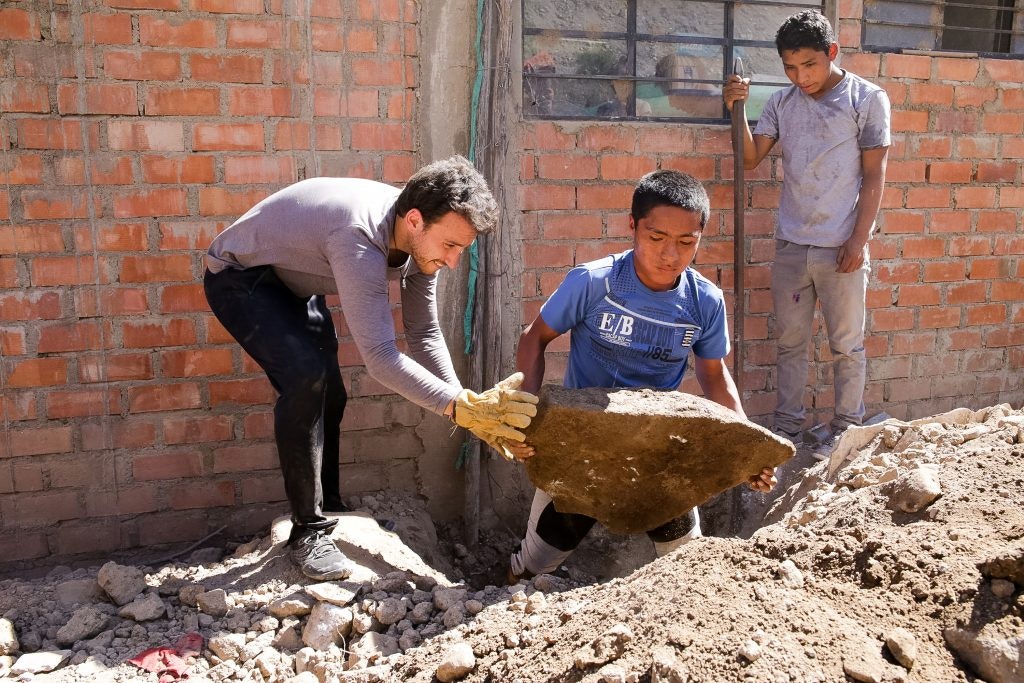Before the pandemic, a study by the Corporation for National and Community Service found that nearly a third of Americans volunteered at least once a year – reaping more than $150 billion in benefits. Then things changed.
Like so many other aspects of life, organized volunteering declined during the pandemic and how people volunteered changed. Here are how trends in service have been unfolding and what families with teens can do to respond:
1.) A Steep Decline in Volunteering
Not surprisingly, as doors closed, volunteerism declined. The Role of Volunteering in Philanthropy journal found that 66% of donors decreased or stopped volunteering during the pandemic
In the early days of the pandemic, a number of people did step up to help fill in gaps in healthcare and food distribution. But it wasn’t enough to keep up. Organizations like Meals on Wheels saw a surge in demand for food deliveries, but didn’t have enough volunteers to serve them. To fill the gap, the organization ended up hiring more drivers.
Meanwhile, internationally most of the communities where Rustic students serve lost the assistance that they had over the years. This has led to a number of struggles for communities and people in need.
2.) Changes in How People Serve
For those who did attempt to volunteer, how they contributed changed. The United States’ largest grant maker, Fidelity Charity, found two in three people who kept volunteering relied on virtual opportunities. That’s compared to 81-percent who volunteered in person before the pandemic.
3.) The Most Active Generations
Generally before the pandemic, Generation X adults in their 40s and 50s had the highest rate of volunteerism, according to Americorp. A number of these adults provided service to their religious organization or their children’s schools or activities. These are some of the areas where involvement diminished the most with the closure of facilities and the cancellation of events.
The good news is that teens and young adults in Generation Z are stepping up to fill the gaps left behind. Historically teens have had a high rate of volunteerism, and that is particularly important now as many elderly volunteers concerned about their health have stopped volunteering.

Rustic students do some cleanup during the Hawaii Service program in the summer of 2021.
4.) The Importance of Teen Volunteering for Mental Health
The University of Oxford has found that volunteering helps teens make social connections and reduces anxiety. It also is an important factor in what it terms “mattering” – the idea that we have value and matter to others. This is a key to positive mental health, and it is crucial for teens who have struggled to navigate the ins and outs of the pandemic.
To encourage teens to volunteer to get these benefits, it’s helpful for parents to volunteer. Teens are much more likely to volunteer if their parents do as well, and they are much more likely to volunteer in adulthood if they begin in high school.
5.) Self-Selected Volunteering is More Effective
Studies have shown that teens who chose to serve are more likely to volunteer in adulthood than those who only volunteer because it’s mandatory. Helping teens select a volunteer program or opportunity can get the ball rolling. Now that things have improved, there are more volunteer opportunities available.
6.) Effect on Local Communities
Many studies have shown that people care the most about having an impact on local communities. This makes service time more tangible, as volunteers can see who they are helping. This impact may be more evident now that the need is so great, so volunteering amid the world’s current challenges is ideal.

Copyright: © 2016 Rustic Pathways
7.) Programs that Offer a Combination of Benefits Have the Greatest Impact.
Teens who volunteer are likely to do best if they pick an option that has multiple benefits. The Climate Leaders Fellowship program is an example of a program that was created with the current trends in mind. It allows teens to research problems in their own community and create a project that they think will help people.

This allows them to make social connections, work on their leadership and management skills, and make an impact on their community. The program also takes advantage of the recent virtual trend and utilizes Zoom meetings to enable teens to connect with like-minded peers around the world.
Pichamon Pongnonthachai from Bangkok, Thailand saw these benefits when she participated in the first round of this leadership development program.
“I really like how this program allows us freedom for us to do things at our own pace and to think for ourselves rather than following instructions from a teacher or community leader, as it gives us the chance to learn from our mistakes and improve ourselves,” Pongnonthachai said.
Likewise, Rustic’s international service programs are designed to have the maximum benefits for students. They allow teens to directly benefit local communities in other countries, while learning about different cultures and having fun along the way.
The importance of having fun doesn’t change with time. Finding joy while doing something can give us what psychologists call flow, which is a state of mind that comes from being fully immersed in an activity.
Former Carnegie Mellon Professor Randy Pausch embraced the idea of getting involved in meaningful projects that are also fun, As he noted when he gave his famous last lecture before he died, “Never underestimate the importance of having fun.”
